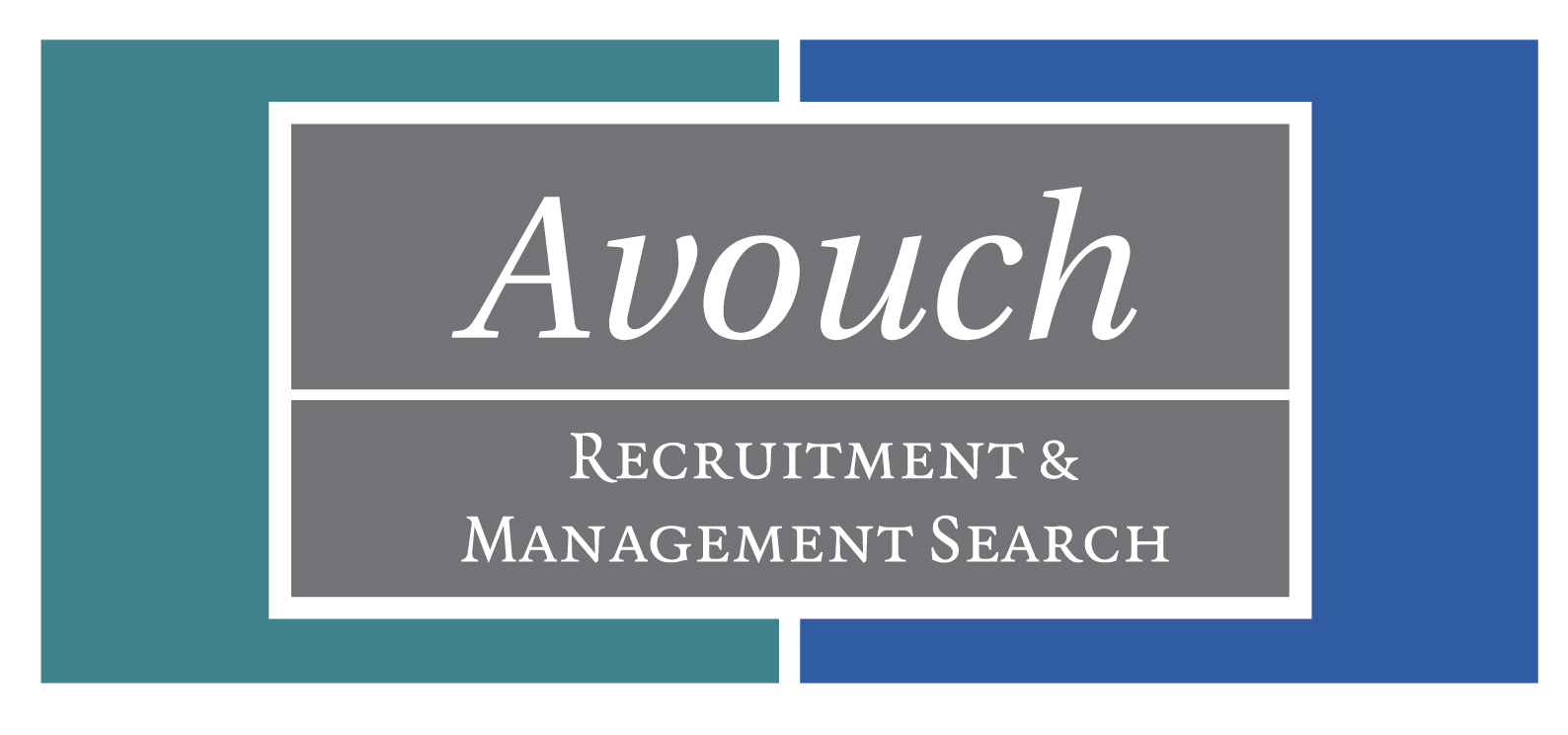
Nearly one in five citizens will be 65 years of age or older. Asian Americans will be about nine percent of all citizens. Black citizens of the United States will become 15 percent of the population by 2050. The Hispanic population is projected to nearly triple, with one in three U.S. The United States population will be made up of about 54 percent minority groups that is “everyone except non-Hispanic, single-race whites” (2008, p. The United States by mid-21st century will be “more racially and ethnically diverse as well as much older ( U. Public relations professionals are called upon to deliver more effective messages promote deeper understanding between an organization and its publics increase employee attraction and retention enrich public relations departments with diverse talents, fertile dialogue and increased innovation improve corporate reputation and expand market shares in diversity segments of stakeholder publics (2006).

Public relations authors have written extensively about the benefits of diversity in seeking out new markets. The Business Case for Diversity: Building Relationships with Diverse Publics Locally and Globally
 Diversity ranges from personality and work style to all of the visible dimensions such as race, age, ethnicity or gender, to secondary influences such as religion, socioeconomics and education, to work diversities such as management and union, functional level, classification or proximity/distance to headquarters (SHRM Glossary).Īnderson and Collins’s definition of diversity provides a summary of the key concepts mentioned by others: “Diversity is about an awareness of and sensitivity to the intersections of race, class and gender, about seeing linkages to other categories of analysis, including sexuality, age, religion, physical disability, national identity and ethnicity, and about appreciating the disparities of power that produce social inequities (2004, p. Diversity is about how we deal with divisiveness that comes with differences ( Castania, 2006). Diversity is a commitment to the ethical norms of “representativeness, equity and differences,” as opposed to actions that are merely a matter of legal obligations and risk management, such as equal employment or affirmative action regulations (Johnson & Rivera, 2007, p. Lagace (2009) adds that these identities develop in the context of societies and have different power positions in society. Diversity includes avowed identities and ascribed identities, that is, how we see ourselves and how others perceive us ( Sha and Ford, 2007, p. Diversity represents categories of people based on differences that cannot be altered, such as age, race, sexual orientation, gender, ethnicity, and physical abilities/qualities and differences that can be altered, such as class, language, income, marital status, religion, geography, and military experience ( Sha and Ford, 2007, p. Definitions of Diversityĭiversity definitions focus on differences based on primary and secondary demographic categories how these differences result from individual and group identities cultural distinctions and how these distinctions have led to differences in power commitment to ethical norms how diversity should be respected and included in societal actions and an evolving term beginning to include differences based on workplace roles and expectations, personal styles, and thought (Hain, 2008).
Diversity ranges from personality and work style to all of the visible dimensions such as race, age, ethnicity or gender, to secondary influences such as religion, socioeconomics and education, to work diversities such as management and union, functional level, classification or proximity/distance to headquarters (SHRM Glossary).Īnderson and Collins’s definition of diversity provides a summary of the key concepts mentioned by others: “Diversity is about an awareness of and sensitivity to the intersections of race, class and gender, about seeing linkages to other categories of analysis, including sexuality, age, religion, physical disability, national identity and ethnicity, and about appreciating the disparities of power that produce social inequities (2004, p. Diversity is about how we deal with divisiveness that comes with differences ( Castania, 2006). Diversity is a commitment to the ethical norms of “representativeness, equity and differences,” as opposed to actions that are merely a matter of legal obligations and risk management, such as equal employment or affirmative action regulations (Johnson & Rivera, 2007, p. Lagace (2009) adds that these identities develop in the context of societies and have different power positions in society. Diversity includes avowed identities and ascribed identities, that is, how we see ourselves and how others perceive us ( Sha and Ford, 2007, p. Diversity represents categories of people based on differences that cannot be altered, such as age, race, sexual orientation, gender, ethnicity, and physical abilities/qualities and differences that can be altered, such as class, language, income, marital status, religion, geography, and military experience ( Sha and Ford, 2007, p. Definitions of Diversityĭiversity definitions focus on differences based on primary and secondary demographic categories how these differences result from individual and group identities cultural distinctions and how these distinctions have led to differences in power commitment to ethical norms how diversity should be respected and included in societal actions and an evolving term beginning to include differences based on workplace roles and expectations, personal styles, and thought (Hain, 2008). 
The essay includes both academic and trade publications about diversity and public relations practice. It ends by listing practical guides and additional sources. The essay provides definitions of diversity the knowledge and skills that practitioners need to relate to diverse publics diversity models for public relations executives and the need for requisite variety in the public relations industry. This essay discusses the accelerating influence of diverse groups on the domestic and international practice of public relations.







 0 kommentar(er)
0 kommentar(er)
